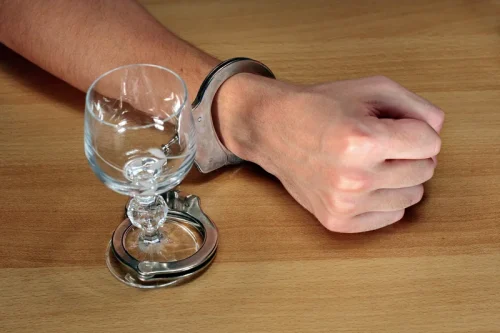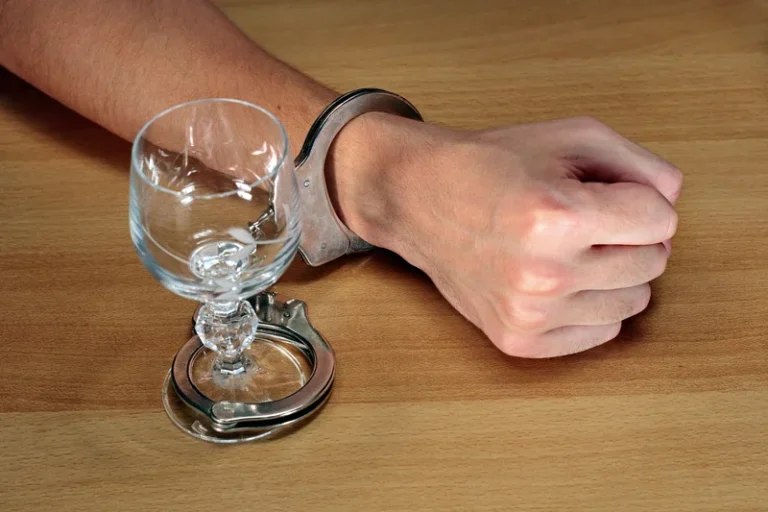Facts About Excessive Drinking Drink Less Campaign

What tips can alcoholism kill you the balance from drinking that produces impairment to drinking that puts one’s life in jeopardy varies among individuals. Age, sensitivity to alcohol (tolerance), gender, speed of drinking, medications you are taking, and amount of food eaten can all be factors. As a general rule, one standard drink will increase your BAC by 0.02 percent. So, while it might only take four drinks for you to be legally intoxicated, it’d take quite a bit more to kill you. It might not be something you tend to think about when you’re relaxing with a few drinks and a few friends.
How can I prevent alcohol poisoning?
Alcoholism contributes to about 88,000 deaths annually in the US.

Cancer risk

Before you drink, you should know how dangerous these beverages are, and how alcohol can potentially be very damaging to your health. The National Institute on Alcohol Abuse and Alcoholism define binge drinking as a pattern of drinking that raises a person’s blood alcohol concentration (BAC) to 0.08%. For males, this often means consuming 5 or more standard drinks over a 2-hour period. For females, it means consuming 4 or more standard drinks over the same time frame. Alcohol use disorder is considered a progressive disease, meaning that the effects of drinking alcohol become increasingly more severe over time.
Treatment for alcohol poisoning
- Many people with alcohol use disorder hesitate to get treatment because they don’t recognize that they have a problem.
- For over 20 years Dr. Umhau was a senior clinical investigator at the National Institute on Alcohol Abuse and Alcoholism of the National Institutes of Health (NIH).
- This can increase an individual’s risk of being injured from falls or car crashes, experiencing acts of violence, and engaging in unprotected or unintended sex.
- The government guidelines on drinking are being reviewed at present.
At this stage, drinking is no longer a social activity and instead might be done in isolation. The risk of dying from drunk driving or other alcohol-related accidents increases significantly at this stage. In Stage 3, the frequent or excessive alcohol user has begun to experience, social, financial, emotional, physical, or workplace consequences of their drinking. They might be drinking so much now that the alcohol makes them sick or they are engaging in frequent illegal or risky activities influenced by their alcohol use.
- Consider talking with someone who has had a problem with drinking but has stopped.
- Some people have genetic predispositions to alcoholism while others use alcohol to heal trauma or in combination with other drugs.
- Of those who develop seizures, about 3 percent may have a more serious type of seizure called status epilepticus.
- Alcoholism is a treatable disease, with many treatment programs and approaches available to support alcoholics who have decided to get help.
- But even low amounts of daily drinking and prolonged and heavy use of alcohol can lead to significant problems for your digestive system.
- If you think you might have a problem with alcohol, call SAMHSA or talk to your healthcare provider.

Know the danger signals, and if you suspect that someone has an alcohol overdose, call 911 for help immediately. Do not wait for the person to have all the symptoms, and be aware that a person who has passed out can die. Don’t play doctor—cold showers, hot coffee, and walking do not reverse the effects of alcohol overdose and could actually make things worse.
Supportive care measures, such as taking folic acid and thiamine, may also be helpful. Additionally, a doctor may recommend avoiding certain substances, such as caffeine, staying hydrated, and getting adequate sleep. Alcohol can exacerbate hot flash symptoms, which occur because of disruption to the body’s thermoregulatory zone. Alcohol also interferes with this zone, making the hormone-driven changes worse. Dr. Anand stresses the importance of drinking in moderation, if at all. Your gut microbiome is a hotbed of bacteria that help keep your digestive system happy and healthy.
- It’s a simple way of looking at alcohol consumption and determining if it has reached a concerning (and possibly dangerous) level.
- Alcohol use disorder can include periods of being drunk (alcohol intoxication) and symptoms of withdrawal.
- As well as having a detrimental health effect, AUD can create or worsen significant professional and personal challenges.
- Liver failure means that your liver no longer works properly.
- Typically, an individual reaches end-stage alcoholism after years of alcohol abuse.

Our insurance verification team works quickly to verify your insurance benefits to place you into one of our centers as soon as possible. Because of our industry expertise, https://ecosoberhouse.com/ we will be able to verify this information in a timely manner and can advocate for more coverage or more time in treatment. Once a person moves past occasionally binge drinking at a party or social gathering to drinking more frequently, such as every weekend, they have moved to the second stage. These physiological changes contribute to the increasing tolerance seen in early-stage alcoholics. Despite heavy alcohol consumption, they may show few signs of intoxication or ill effects from drinking, such as a hangover.



Leave a Reply